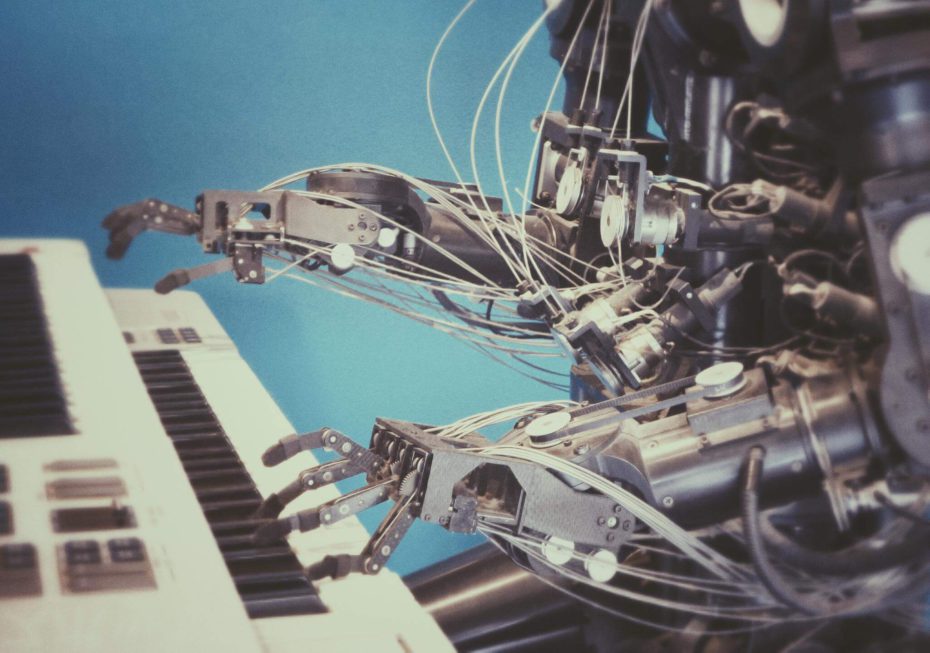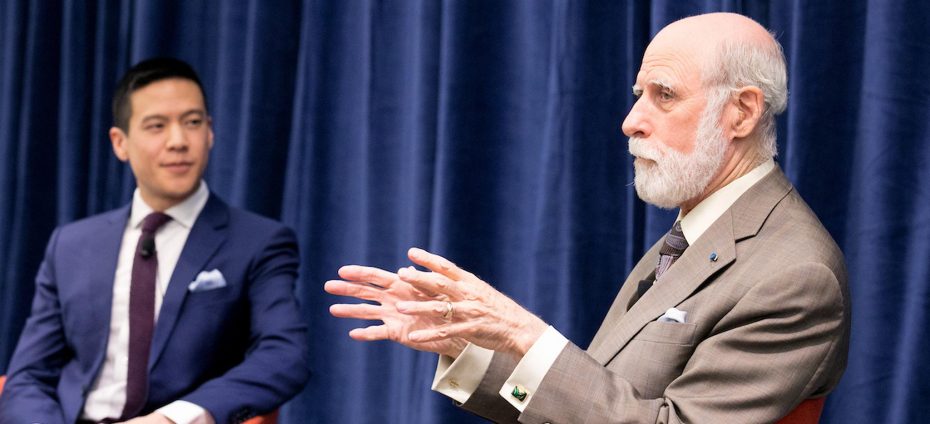Advancing technology has always been a double-edged sword. The excitement of making things easier, faster, and better is often dampened by the fear that technology could become too progressive, filling today’s human jobs with robots, and even posing an existential threat to human existence.
Still one thing separates man from its technological creations: self-awareness. It’s that conscious knowledge of your own identity – and your thoughts, feelings, and motivations – that sets humanity apart. Today, we don’t need to worry about robots or computers turning on us, as portrayed in HBO’s Westworld. But that future may not be too far off, according to experts in the field. Robots powered with artificial intelligence are already on their way to reaching that level of recognition, some say, and it’s just a matter of time before today’s tech toys become our equals.

The 10-episode sci-fi series centers around robotic “hosts” in a Western theme park, and questions whether they’re capable of developing memories – despite having records periodically wiped from their databases – realizing what they are and understanding the world around them. The co-creator of the theme park, Robert, appears to balance on the edge of making the hosts increasingly lifelike, but still manageable.
Slowly, a handful of hosts begin to travel down the path toward self-awareness – a journey that either drives them insane, or incites violent outbursts as they fight for their freedom. The season finale culminates with Dolores (the first, and arguably most reliable host) putting a gun to Robert’s head – after learning that he was the one guiding the hosts and prompting them to awaken – and opening fire on a group of investors gathered for a gala.

Why, then, are humans so fascinated with pursuing a technology that could lead to their destruction?
“We’ve always been fascinated with new inventions of any kind. First, because they have this possibility of making our lives easier or simpler in some ways,” says Chuck Anderson, a professor of computer science at Colorado State University. “When it comes to an AI creation, it’s that plus the social aspect, the companionship. It’s really appealing to us. Maybe it’s because we want to have that and still feel like we maintain some control over it.”
Perhaps some, such as Westworld’s William (AKA The Man in Black) crave the sense of adventure and thrill that would come with the hosts being able “to fight back,” as he put it. Others may simply be curious as to whether it’s possible to create life out of just materials.
“People always had this question of how do you breathe life into matter? Today we have better tools and faster computers and larger budgets, but we still have to have this ultimate challenge,” says Hod Lipson, a professor of mechanical engineering at Columbia University. “There’s also this element of understanding something, that creating something is the best way to understand something. We have all these nagging questions about what does it mean to be human? By creating, we can have a better understanding about them.”






